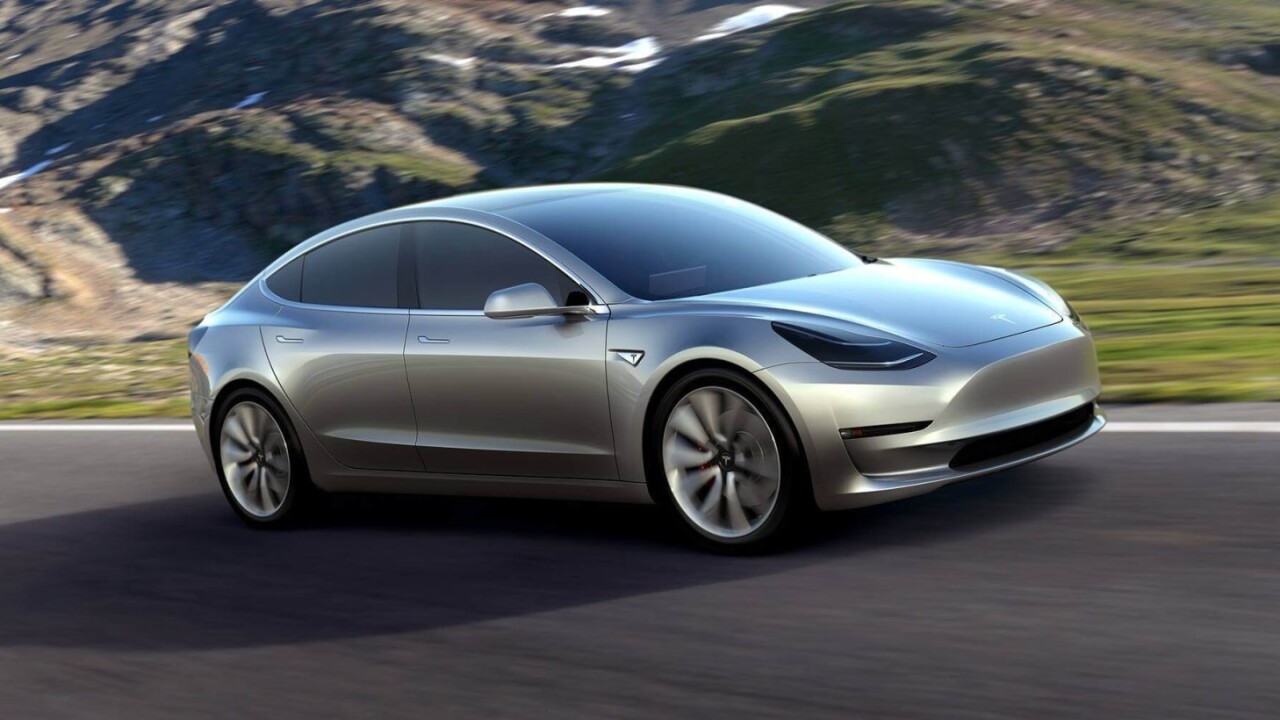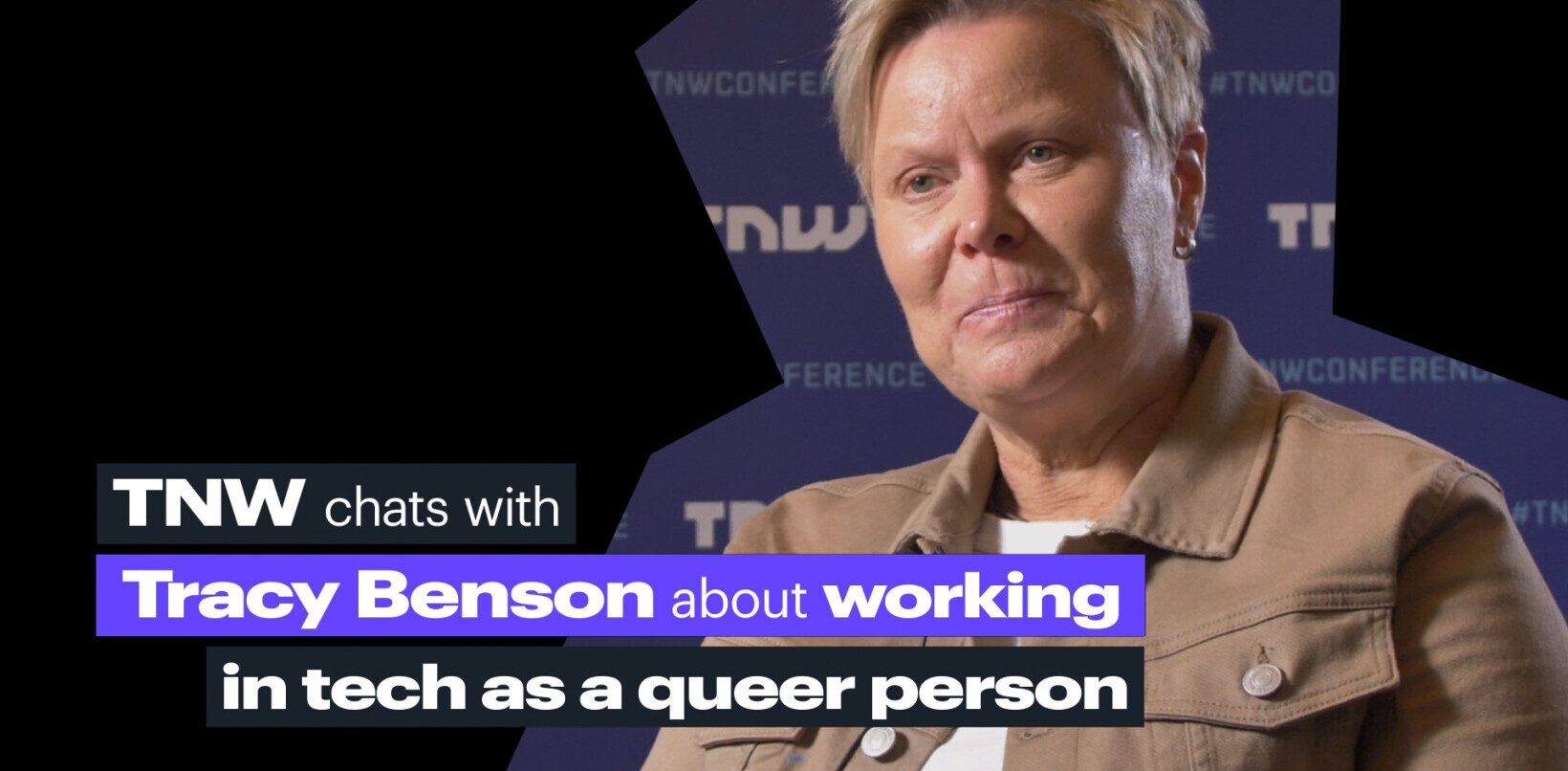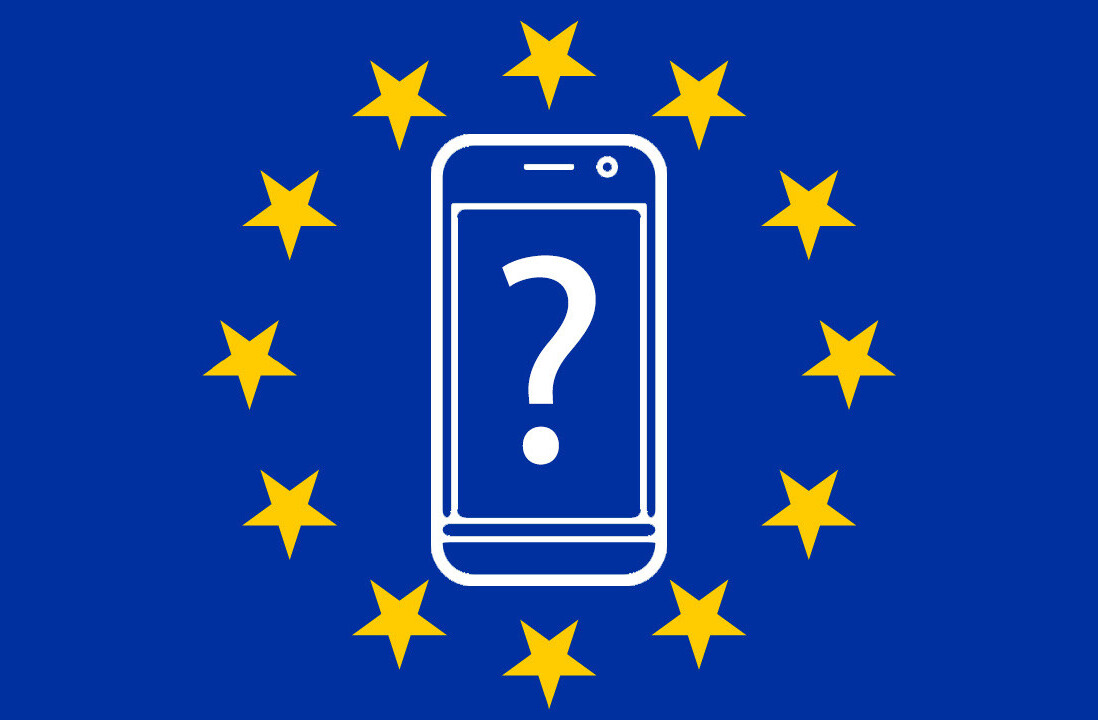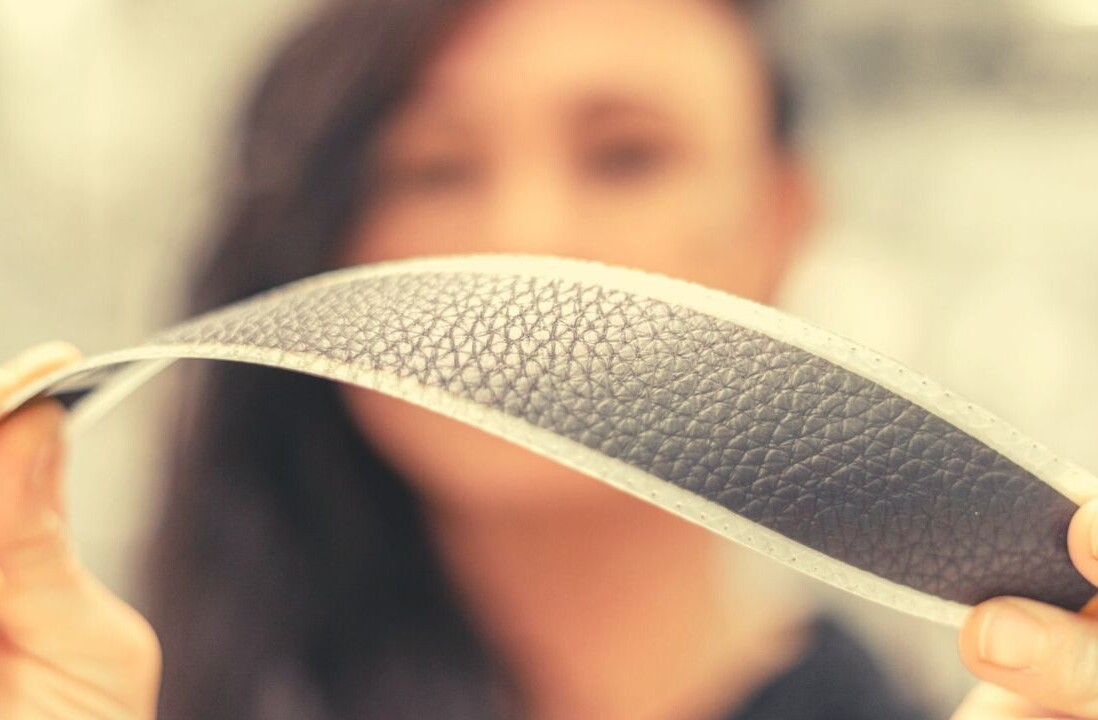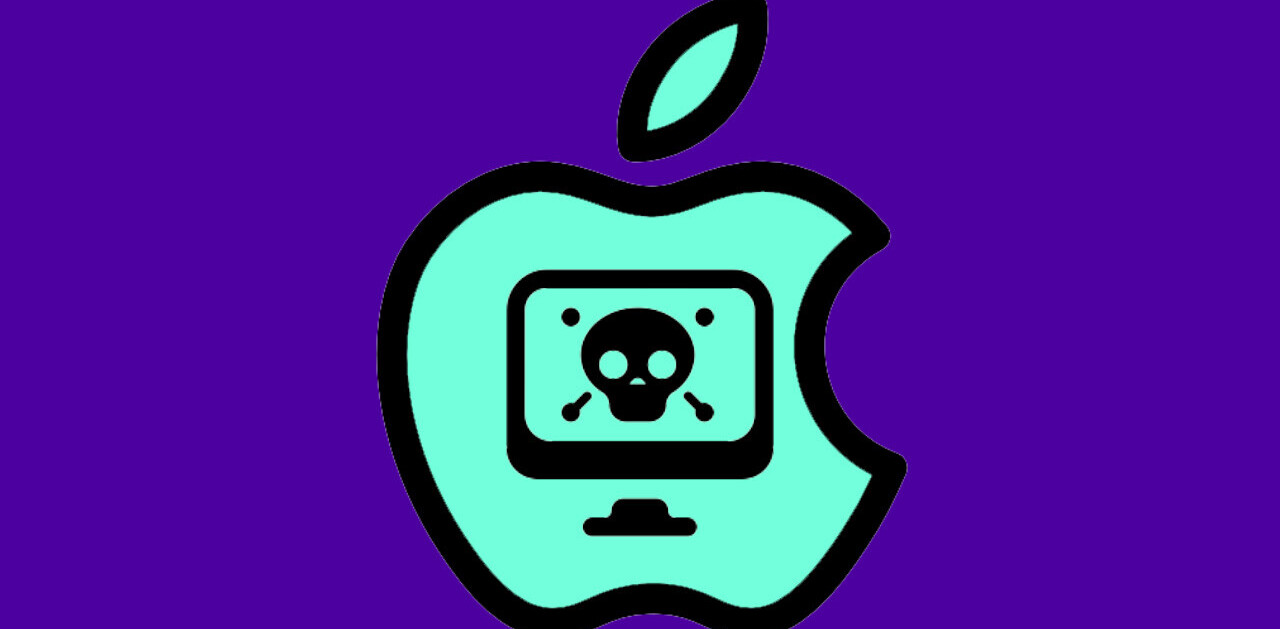New research on traffic incidents in the US published in the American Journal of Epidemiology showed that the availability of Uber’s on-demand cab service had no association with the number of subsequent traffic fatalities – contrary to what Uber-funded non-profit group Mothers Against Drunk Driving would have you believe.
That’s a sad reality we all have to live with at present. But forward-thinking car companies like Tesla want us to believe that there’s hope: Once they arrive, autonomous vehicles will be able to whisk us to and from our destination without the need for us to even touch the steering wheel.
Sounds great, right? There’s just one small problem though: Noli Brazil and David S. Kirk, the authors of the aforementioned research are of the opinion that Uber doesn’t decrease drunk driving deaths because most people who are under the influence are unlikely to make better decisions even when a safe option is available.
That means there’s a chance that inebriated folks who are considering driving drunk will still want to do so, even if their cars have the ability to navigate to their destination autonomously.
Current Teslas have a beta version of the company’s Autopilot feature on board, but the cars still allow drivers to take over control of the vehicle at any time they choose. It’s safe to assume that this is the setup most cars will offer for at least a few years after self-driving cars become widely available.
Sure, the number of fatalities caused by drunk drivers in autonomous vehicles might certainly be lower than today’s figures. But if we hope to stamp out such incidents altogether, we need to think about ways to prevent people from driving drunk in the first place.
What might help is a breathalyzer located on the dashboard that’s engaged when your vehicle detects that you’re stopping off at a bar or if you’re returning to the driver’s seat late at night. If the car senses that you’ve had one too many, it simply won’t allow manual control; instead, it could suggest a preset list of destinations that it can take you to, like your home or the hotel you’re staying at that night.
This will likely become even less of a problem as more and more vehicles gain self-driving capabilities and can communicate with each other to avoid collisions – but until then, there certainly needs to be a way to use modern technology that’s becoming increasingly available to prevent drunk driving.
Get the TNW newsletter
Get the most important tech news in your inbox each week.
